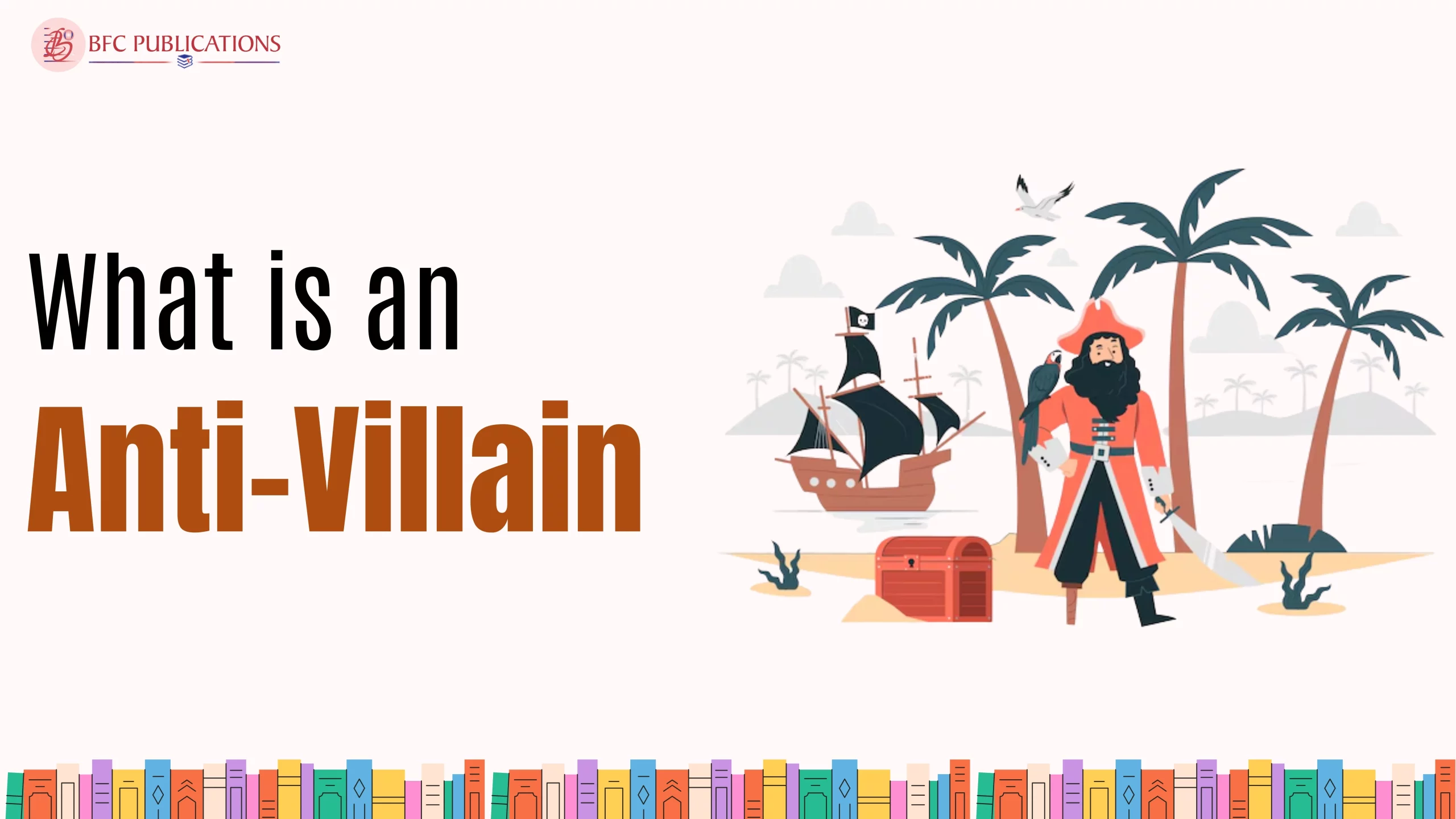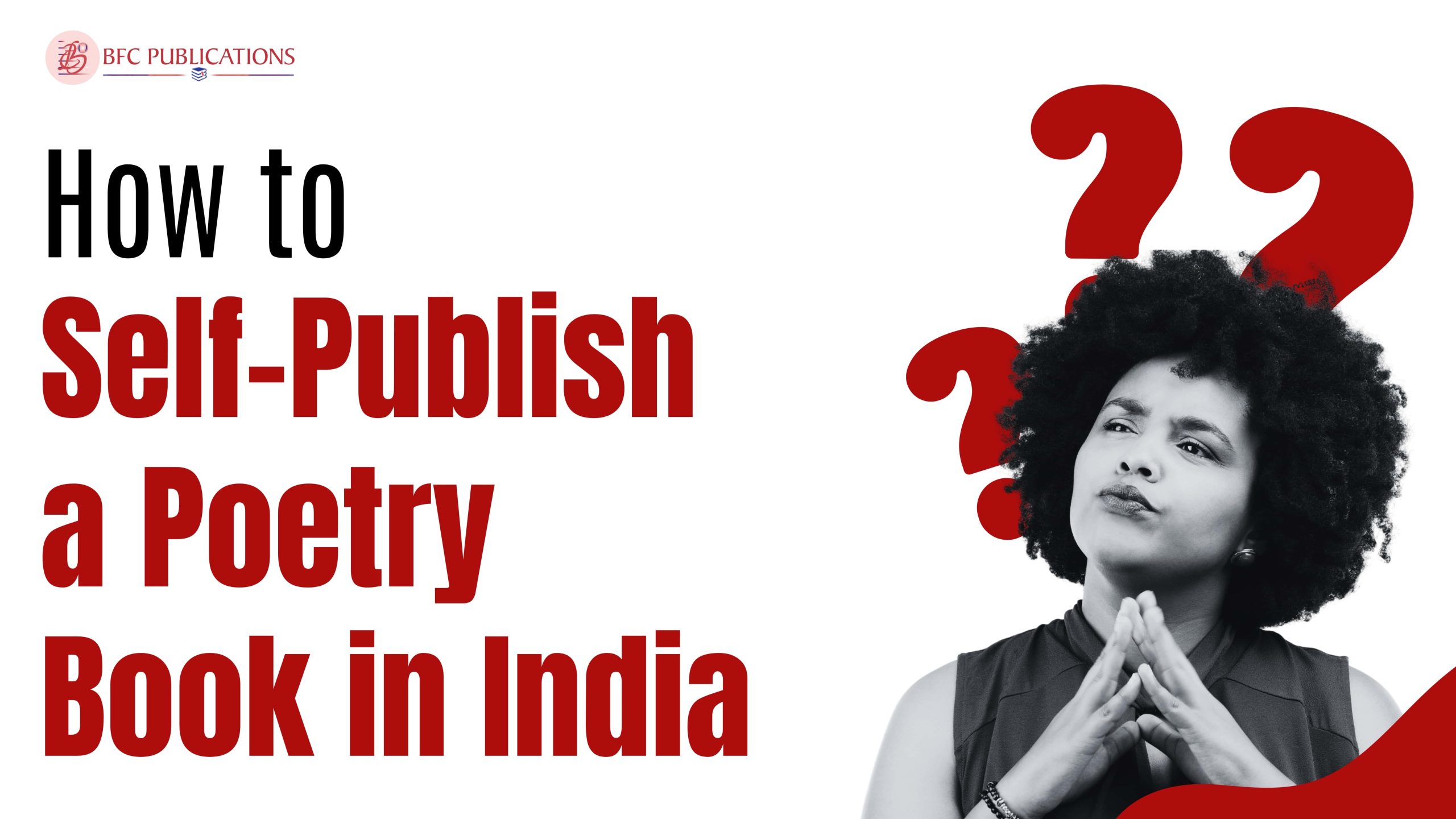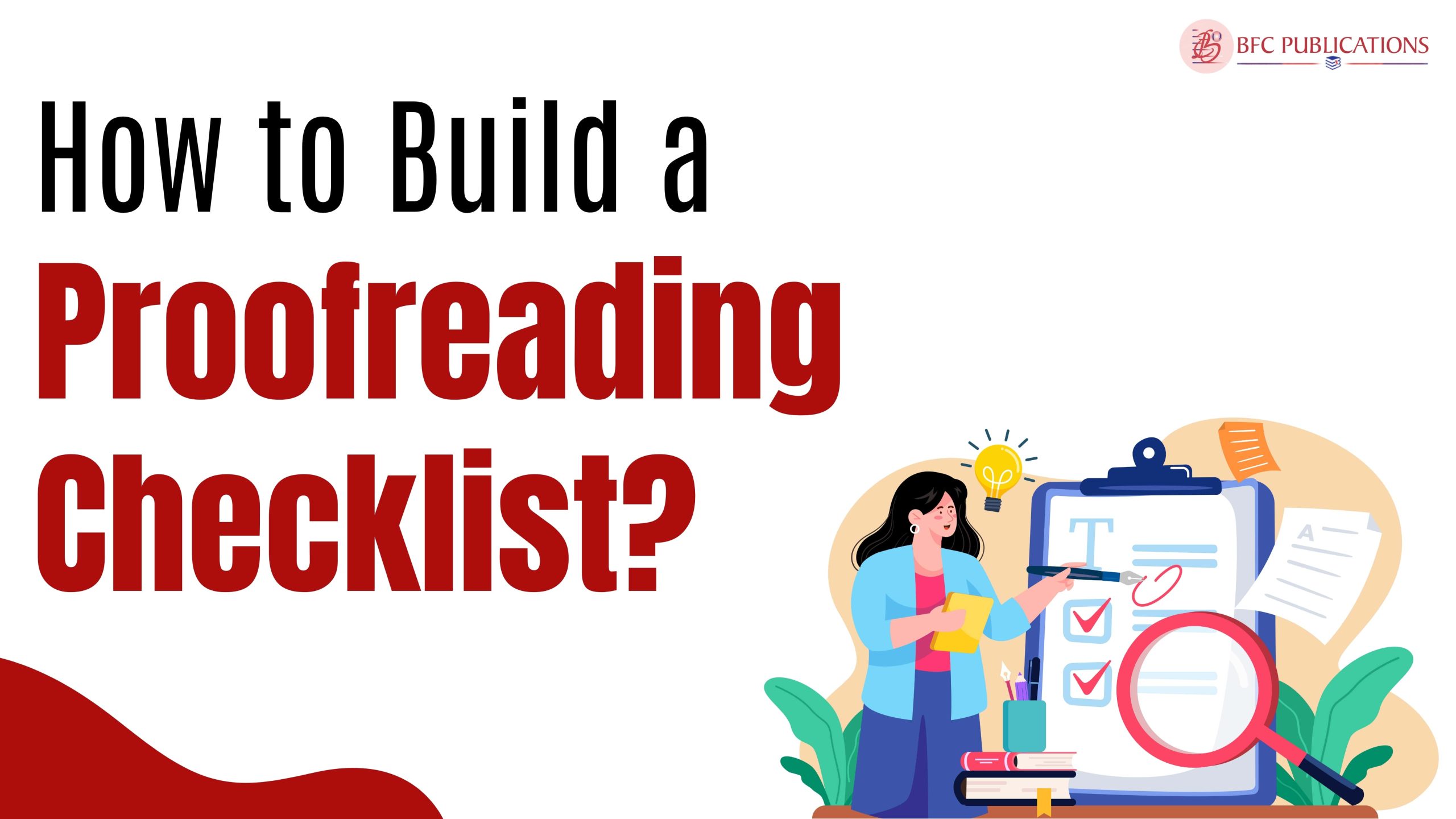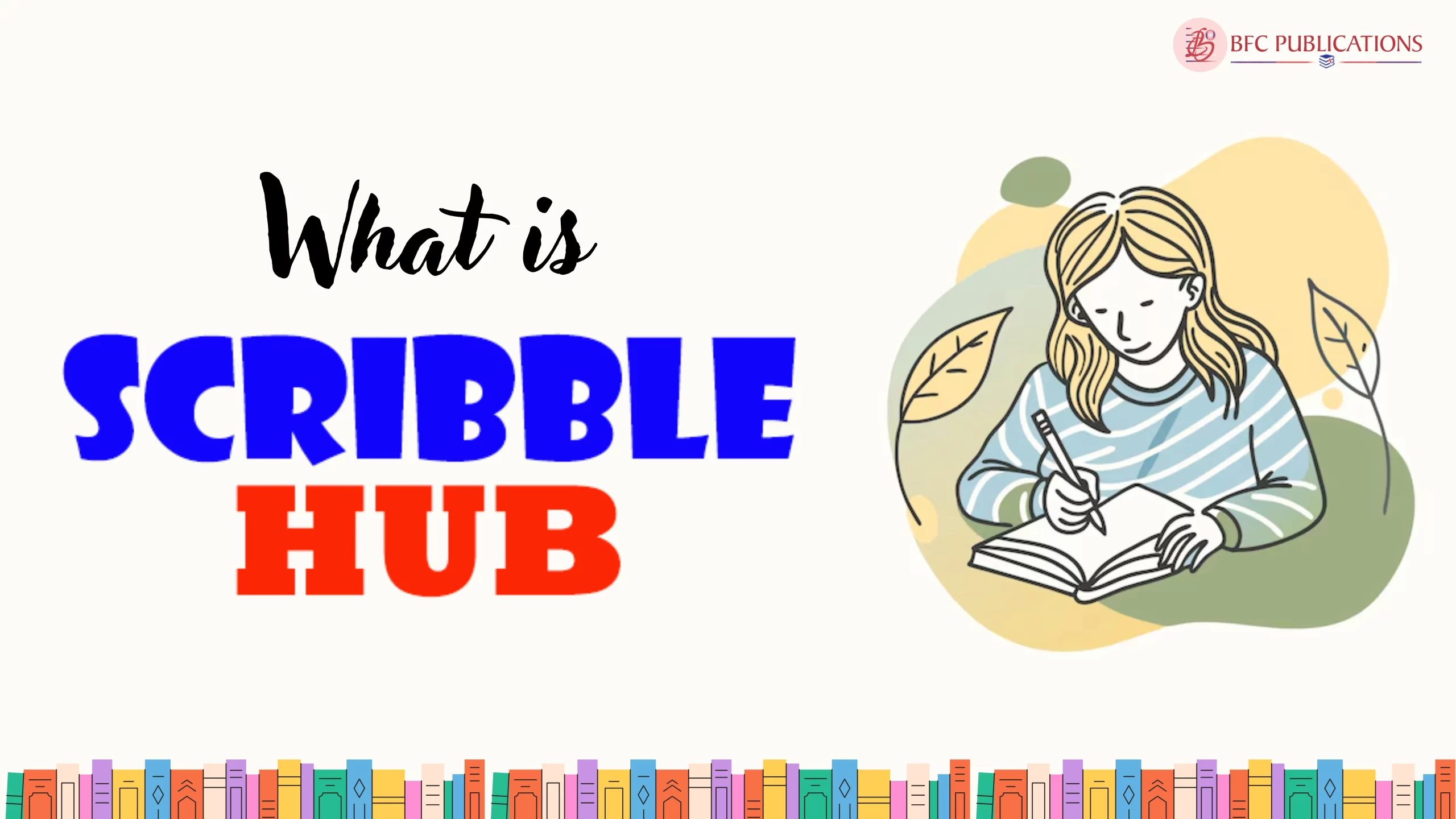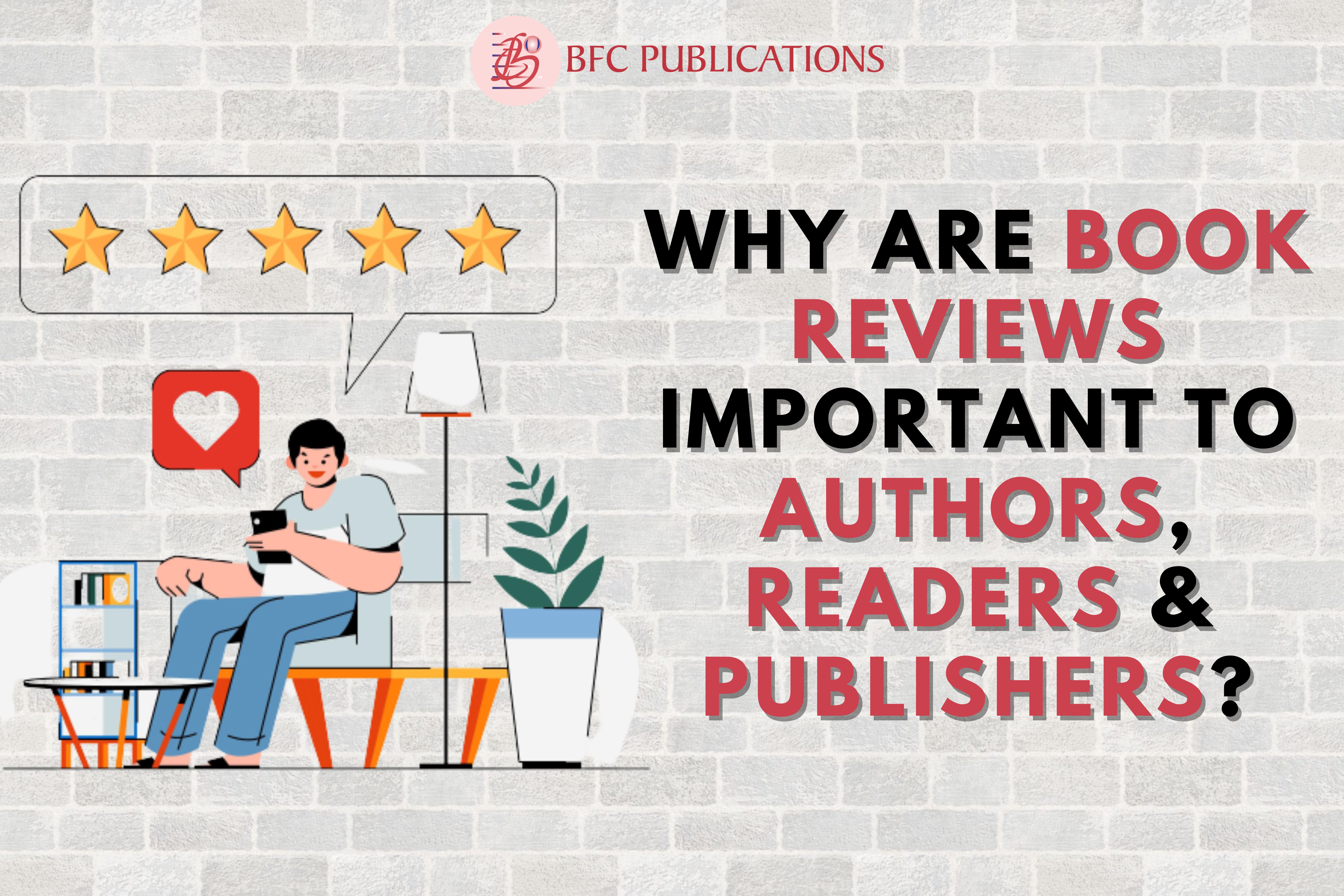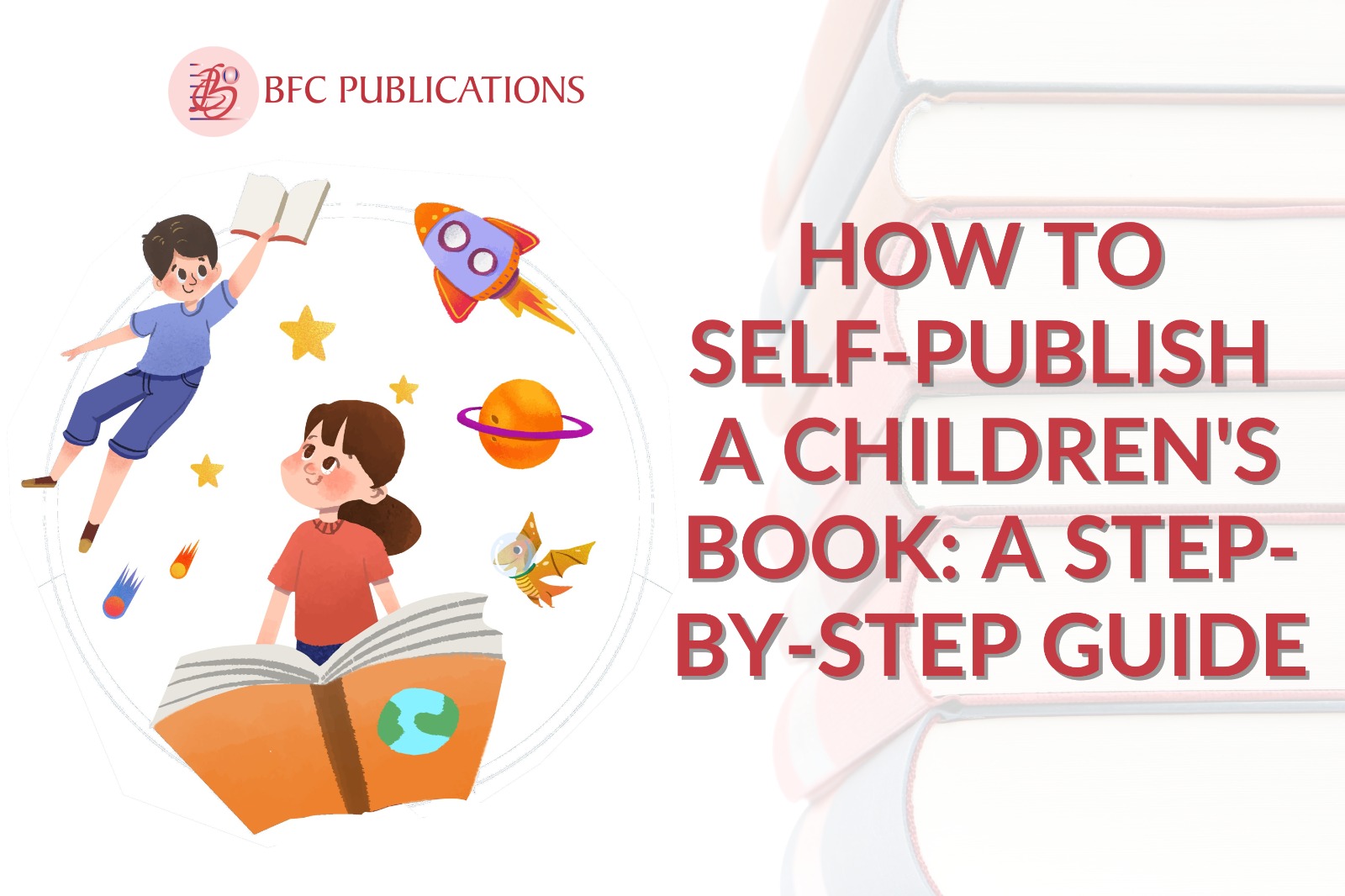
Self-Publishing a Children’s Book
Writing a children’s book can be an interesting experience. It can be a creative endeavour that can bring joy and entertainment to young readers. While children’s storybooks are easier to curate, the market is just as competitive as adult storybooks. So once you’ve finished writing your children’s book, you’re all set to move to the next step- publishing your book and presenting it to the world to read. But how do you go about it? Well, you don’t have to worry, here’s a step-by-step guide on how to self-publish a children’s book.
Know Your Target Audience
Identifying and understanding the preferences of your target audience is extremely important to set the tone of your story and strengthen its reach. Knowing the age group you’re writing allows you to curate a book that appeals to your readers. Children, for example, prefer books that are not very heavy on words and include interesting illustrations. Therefore, writing and publishing a children’s storybook that has simple language and is full of illustrations will garner more interest among potential readers. Furthermore, the themes and the number of words you’ll use to write your book will be determined by the readers you’re targeting. However, if you do not first identify your ideal audience, you will be unable to build a meaningful relationship with your readers, and your work will not be relatable to them.
Find a Competent Self-Publisher
After you’ve determined your target audience and completed the manuscript, it’s time to choose an accredited self-publisher. Finding a reliable self-publishing company is essential for a stress-free publishing experience. They can help you publish and promote your children’s books to a wider audience, thereby increasing your chances of success in today’s competitive market. Also, discuss royalties with your self-publisher to guarantee a fair deal for your children’s book. A good self-publisher is open and honest regarding royalties and the terms of the publishing contract. Simply said, the terms of engagement and royalty sharing should benefit both parties and not advantage the publisher.
Be in Touch With Your Editor and Graphic Designer
Now that you have found a self-publishing partner, it is important to stay in constant touch with your editor and graphic designer to ensure that they interpret your vision correctly. A well-edited and illustrated book provides a more pleasurable reading experience for children than a book which has very few illustrations. A good editor can significantly improve the quality of your work. They help enhance your ideas and make your writing appeal to the children by making the language more illustrative. Similarly, when designing your children’s book illustrations, particularly the front cover, remember who you are targeting. A good graphic designer will understand your vision and, if need be, simplify and optimise the illustration for your intended audience.
Time for the Launch of Your Book
The time of the launch of your children’s book plays a major role in determining how successful it will be in the market. It is critical to coordinate the publication date of the book with significant events. For example, storybooks are likely to sell the most during holidays such as Christmas, and Diwali, summer and winter vacations, and so on. Similarly, introducing your book on a national reading month or day will help generate awareness and involvement, and even parents would encourage their children to read. Lastly, evaluate the production timeline, which includes the time required for editing, illustrations, printing, and distribution, to ensure that the book is ready for release ahead of time. Planning ahead of time and strategically scheduling the launch can have a huge impact on the reception and possible success of a children’s book.
Marketing and Distribution Strategy
Unlike other genres that can be marketed to a wide range of readers, marketing a children’s book requires careful consideration due to the impressionable nature of the targeted age group. Obtaining reviews from trustworthy sources is one way to go about it. Parents rely on reviews to ensure that the book is appropriate for their children. As a result, having reviews for your children’s books will help them sell more. A self-publishing house with a good marketing and distribution plan can promote and sell your children’s book on various online and offline platforms and provide services like WhatsApp and email marketing, video teasers, and social media marketing. They often use strategies like in-person events, targeted banner ads and promos to widen the reach of your children’s book and make it a success in the literary market.
Conclusion
In conclusion, understanding your target audience is crucial for the success of your children’s book. Tailor your story to their age group and preferences, incorporating appropriate language and illustrations. Furthermore, maintain constant communication with your editor and graphic designer to ensure a well-edited, beautifully illustrated book. Timing the launch to coincide with significant events and holidays and implementing a thoughtful marketing and distribution strategy can significantly impact its reception and market success. Following the steps in this guide and finding a competent self-publisher can help you embark on a stress-free and rewarding publication journey. Remember, every component contributes to the success of your children’s book.
Please share your thoughts on this post by leaving a reply in the comments section. Also, check out our recent post on “How to Self-Publish a Poetry Book in India: An Essential Guide.“
